Ornamental Horticulture
-
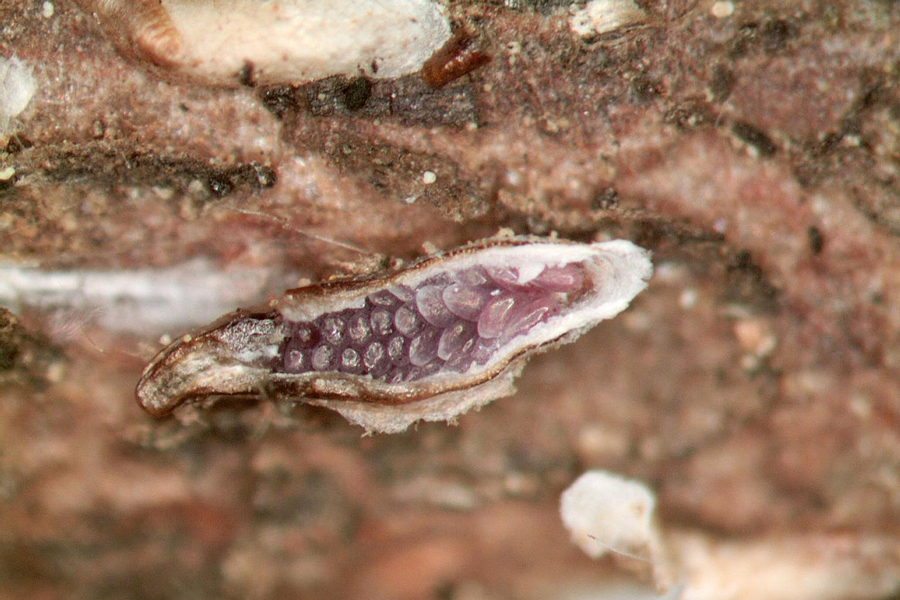
Japanese maple scale is an insect pest of Japanese maples and several other ornamental tree species that secretes a detached waxy shell that covers the body. Infested trees in the landscape reduce the value of the property, and in nurseries, an infestation affects the marketability of the trees. This publication covers identification and management of this pest.
William G. Hudson and Shimat V. Joseph
|
-
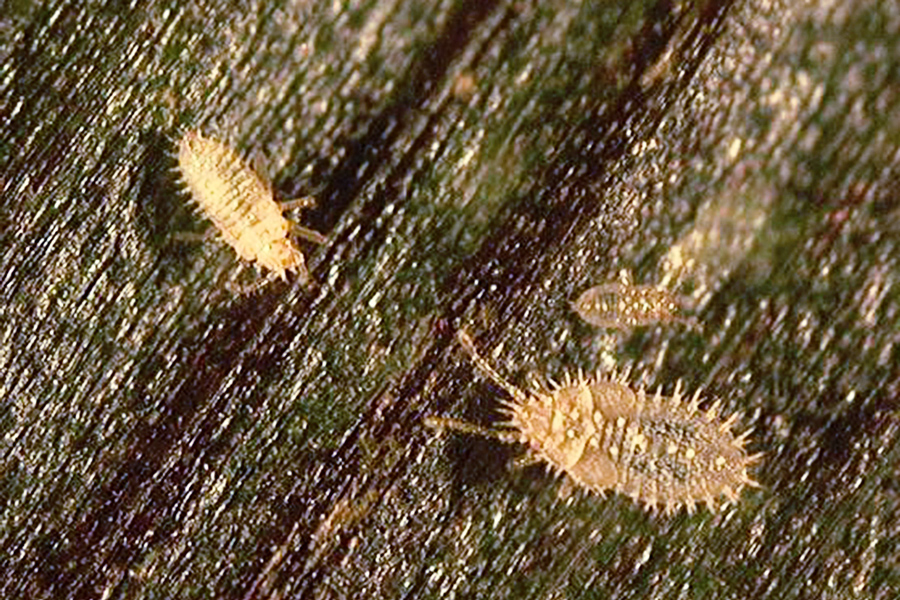
The grass lace bug is a pest of ornamental grasses in Georgia and thrives in warm, dry conditions. This publication provides information about how to identify and manage this pest.
William G. Hudson, S. Kris Braman, and Shimat V. Joseph
|
-
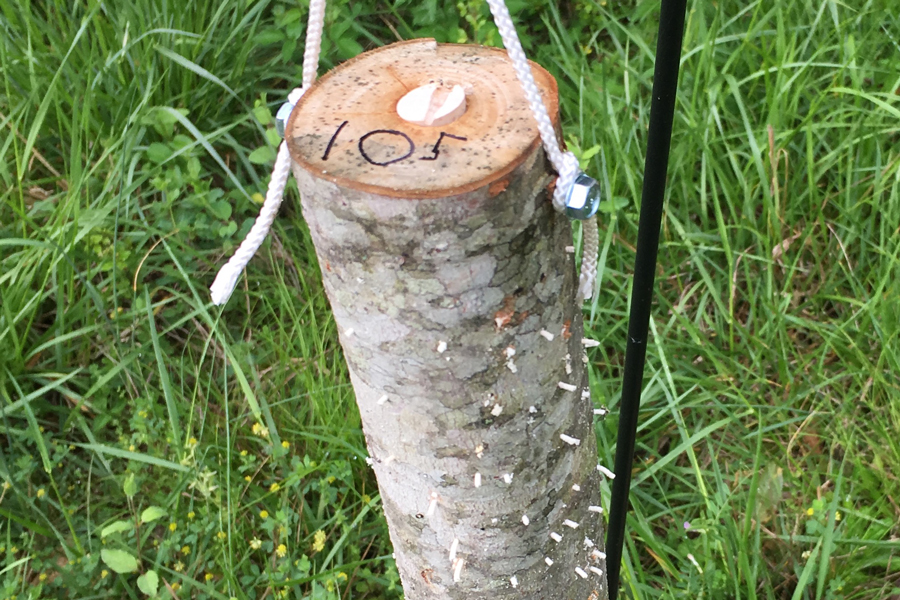
The granulate ambrosia beetle (previously known as the Asian ambrosia beetle) is a serious pest of woody ornamental nursery plants, fruit trees, and shrubs in Georgia. This publication provides information on identification and biology, host plants, damage symptoms, and control strategies for this aggressive pest.
William G. Hudson, Paul Pugliese, and Shimat V. Joseph
|
-
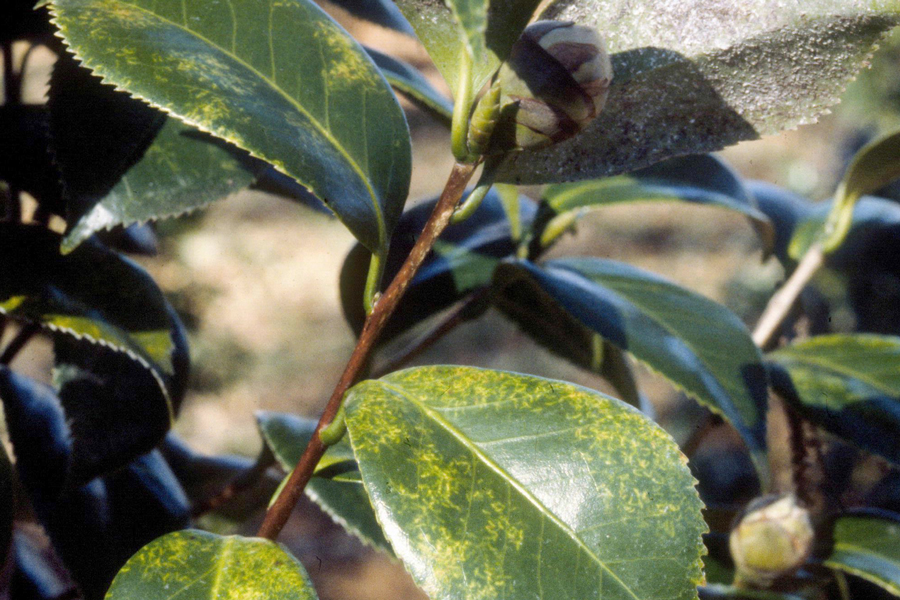
The tea scale is a serious economic pest of several ornamental plants in nurseries and landscapes in Georgia, including camellias and hollies. Tea scales are armored scales that cause yellowing of the leaf tissue, and under severe infestations, they can cause plant death. These pests undergo multiple overlapping generations per year and are very challenging to control. It usually takes two to three years to bring the infestations under control after the application of effective insecticides.
William G. Hudson and Shimat V. Joseph
|
-
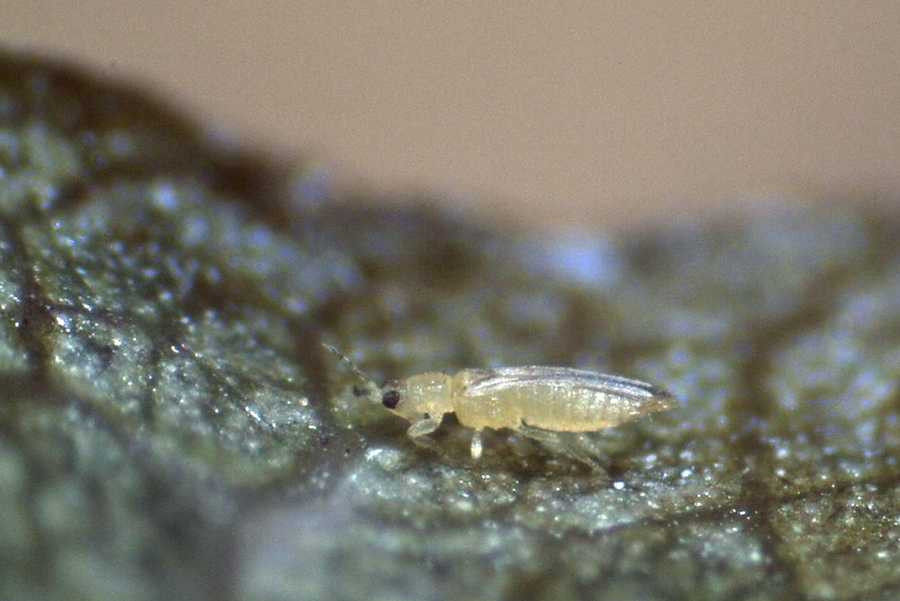
Chilli thrips is an invasive thrips species in the United States. Chilli thrips infest more than 150 crops worldwide, including strawberries, cotton, tea, citrus, and peppers, as well as many ornamental plants. The pest has become increasingly problematic in nurseries because of its wide host range, small size, and rapid reproduction and development. In Georgia, chilli thrips were first reported in 2007.
William G. Hudson, Shimat V. Joseph, and Alejandra Monterrosa
|
-

Scale insects are common pests of landscape trees and shrubs that are often overlooked when scouting. Scales can be responsible for chlorosis, branch die-back, and ultimately, plant death. Scales are broadly categorized as either soft scales or armored scales. Soft scales produce a soft, cottony, powdery, or waxy substance that cannot be separated from the scale body. Common soft scales in Georgia include Indian wax scales, Florida wax scales, brown soft scales, oak lecanium scales, magnolia scales, cottony maple scales, cottony camellia scales, cottony cushion scales, and azalea bark scales. Armored scales have a hard, shield-like cover that is not attached to the body of the insect. Common armored scales in Georgia include tea scales, euonymus scales, obscure scales, false oleander scales, juniper scales, and gloomy scales.
William G. Hudson, S. Kris Braman, and Shimat V. Joseph
|
-

The red-headed flea beetle is a serious insect pest in ornamental nurseries. It is also referred to as the “cranberry flea beetle” in cranberry and blueberry systems in the Northern U.S. The adult beetle causes serious feeding damage to the foliage of a variety of woody and herbaceous container plants in nurseries. As the name suggests, the flea beetle jumps when disturbed, similar to a dog flea. A native pest, this insect is present in central and eastern U.S. regions.
William G. Hudson and Shimat V. Joseph
|
-

B 1580
Poinsettia Production
Poinsettia is an important ornamental crop and holiday flower. This publication provides in-depth information on poinsettia production and helps growers with plant production planning and management. It also covers poinsettia history, economics, and details the management of growing media, irrigation, and pests.
Shimat V. Joseph, Ping Yu, and Erich Schoeller
|
-
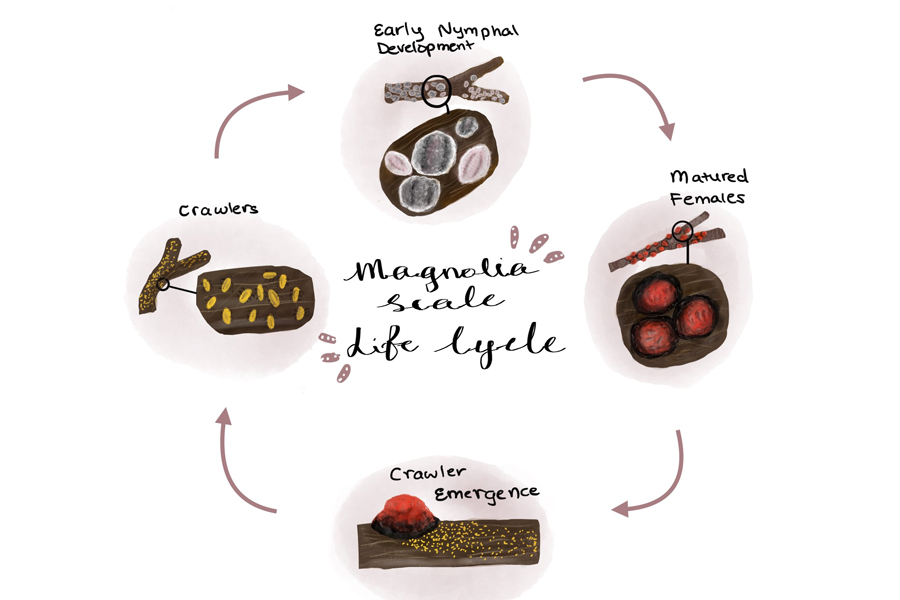
Magnolias, which are evergreen trees and shrubs, are a common landscape plant species in the southern U.S. Magnolia scale, native to the eastern U.S., is a serious pest of both native and non-native magnolias. Magnolia scale is found in 29 states in the U.S. and can reach the size of a human thumb, making it one of the largest scales in the country. It exclusively feeds on magnolias found in ornamental landscapes.
William G. Hudson, Shimat V. Joseph, and Rajesh Vavilapalli
|